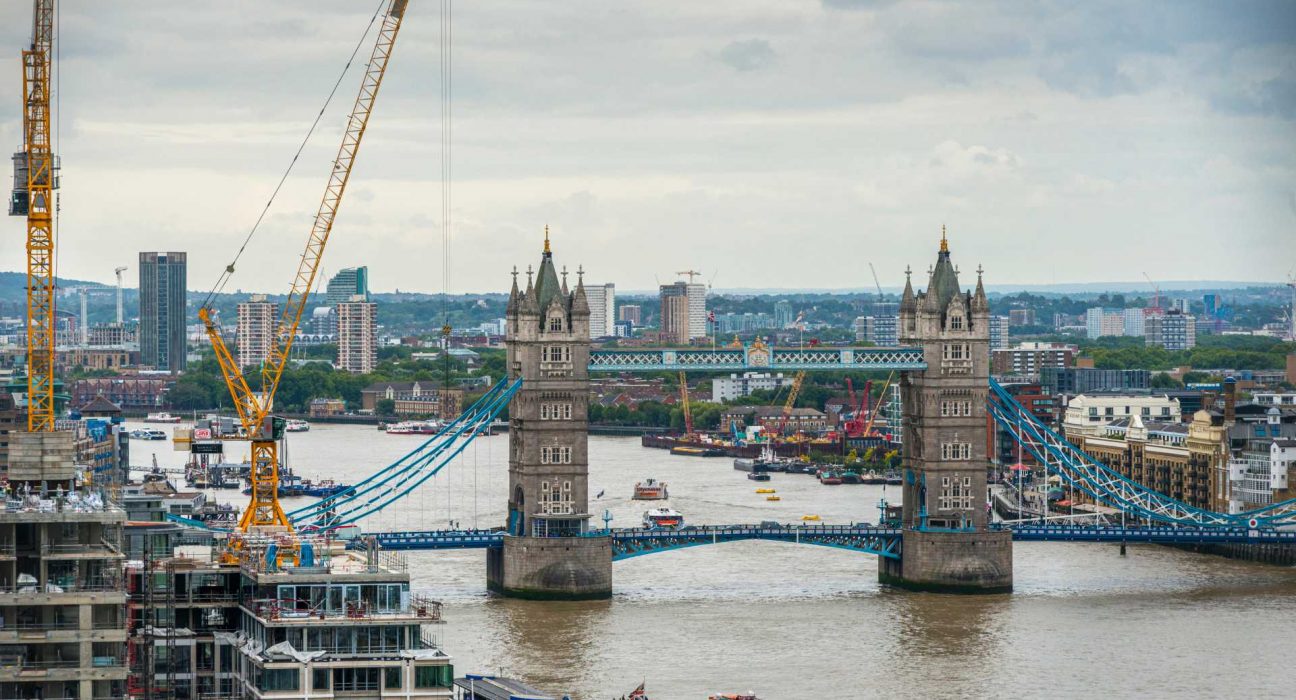For a while now, there have been very real concerns about the possibility of a recession in the UK. Thankfully, this is no longer expected to occur in 2023.
As with most industries, the construction industry has been hard hit by rising oil and energy prices. Due to inflation, building materials are more costly than they used to be. Yet there’s still evidence that London’s construction industry is growing. London (and England as a whole) saw an increase in construction job vacancies in early 2022 that was higher than pre-pandemic levels. This shows just how much the demand has increased.
Why London Construction Sector Will Still Grow Despite Economy Fears?
Here are some of the indications we can see of that:
Infrastructure development & investment

TfL has a vast array of plans to improve London’s transport network over the coming years. These upgrades include making many stations step-free, new train depots for an updated Piccadilly line and various “new-Holland” cycle routes.
With all this and more in the pipeline for London, the construction industry is needed more than ever.
This is good news for the tooling industry, with demand for items like laser levels likely to rise accordingly.
Housing Demand and urban development

The recent census results point to a major housing problem in London. While job opportunities have drawn people to the capital like bees to a honeypot, overcrowding is now a common situation, due to struggles to afford London rent and mortgages.
This creates a demand for more London housing but at more affordable prices.
New regeneration projects for London

There are several micro towns and regeneration projects (about half of which are still in the planning stages) in London. This could create 265,000 new homes once complete and they are very specifically focused on five of the boroughs.
One is a ‘park town’ proposed by the same developer who reimagined King’s Cross, which would be called ‘Brent Cross Town’. This £8bn project would create 50 acres of parkland, 3 million sq. ft. of office space, 6,700 new homes, a new high street and a new primary school. It would be situated in North London.
Another project in the early stages is Barking Riverside. Developed by L&Q in partnership with the Major of London, it could bring 10,000 new homes, 7 new schools and a new overground station to London.
Sustainable construction

And it’s not just about building new house and amenities in London. The UK’s target of net zero carbon efficient emissions by 2050 is likely to drive a lot of change in the supply chain.
There’s likely to be a surge in demand for hybrid and electric building equipment, and training resources to ensure workers know how to use it. These may be easier to use than the equipment construction workers are currently used to, driving efficiency up.
Eco-friendly alternatives to materials like drywall are likely to be much more sought after, and ultimately the demand to upgrade current buildings to meet a higher standard of sustainability is also very likely. More carbon-neutral developments such as Southwark’s upcoming Timber Square could be in London’s not-so-distant future.
The current economy has undoubtedly caused London’s construction industry some difficulties. However, there is also plenty of reason for careful optimism.









Leave feedback about this